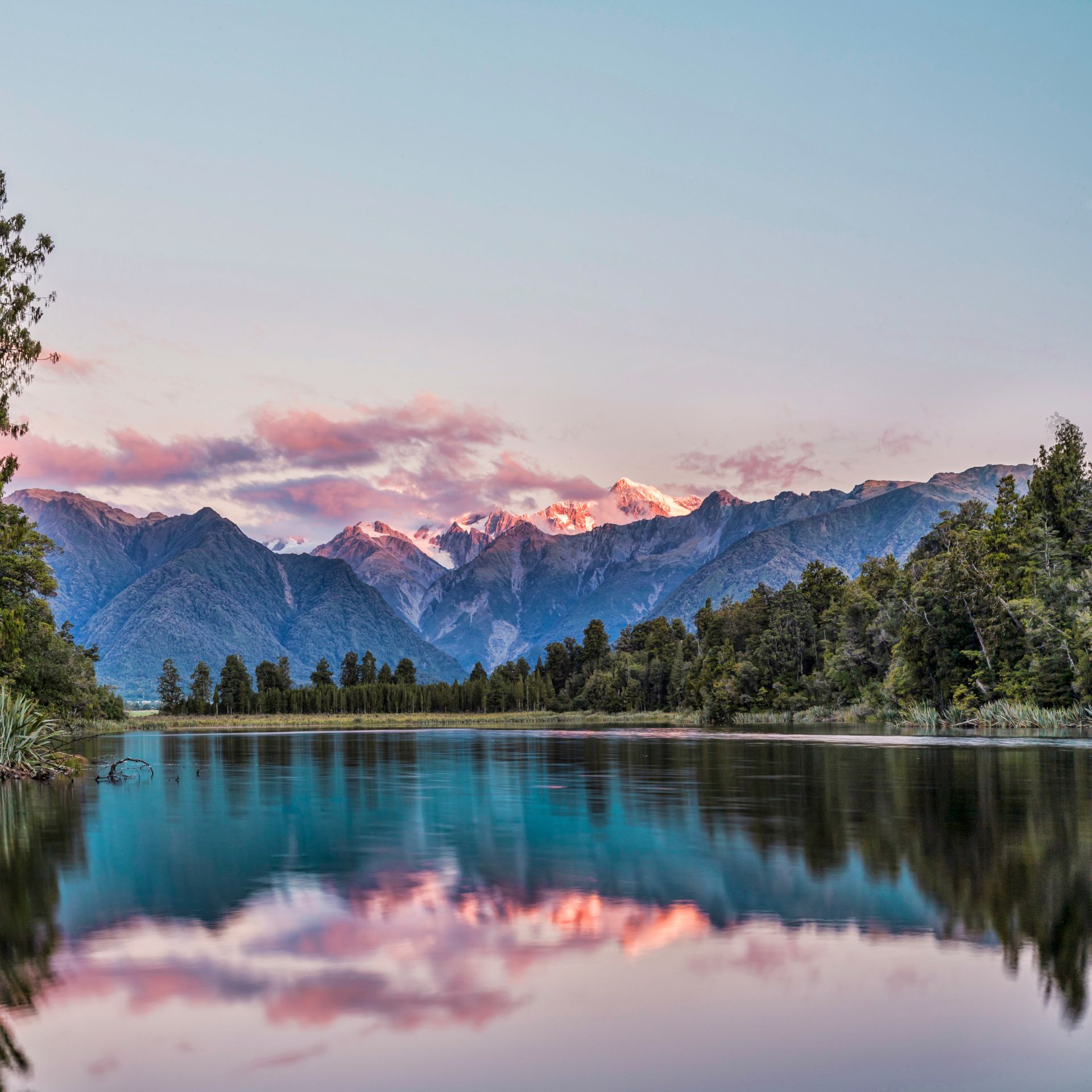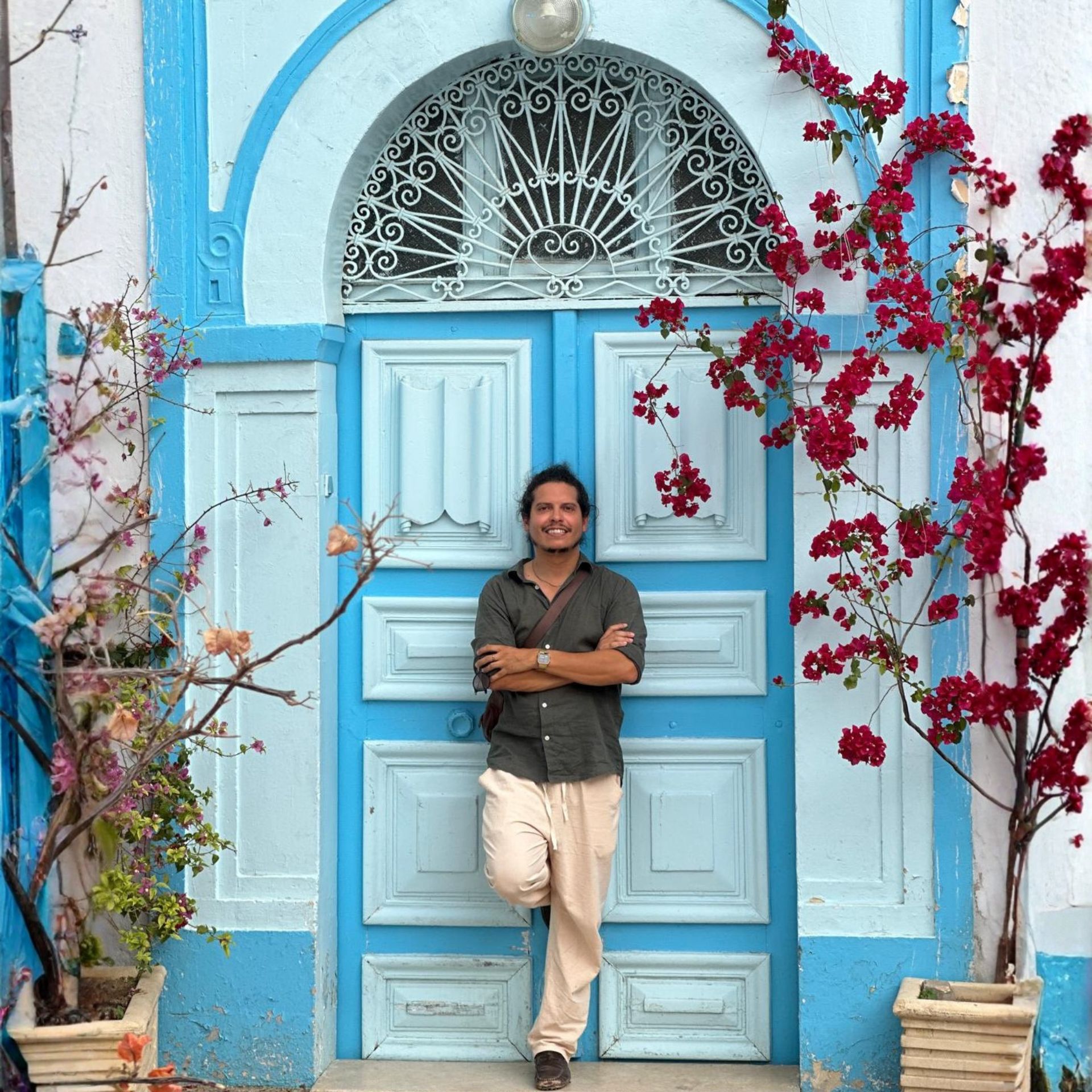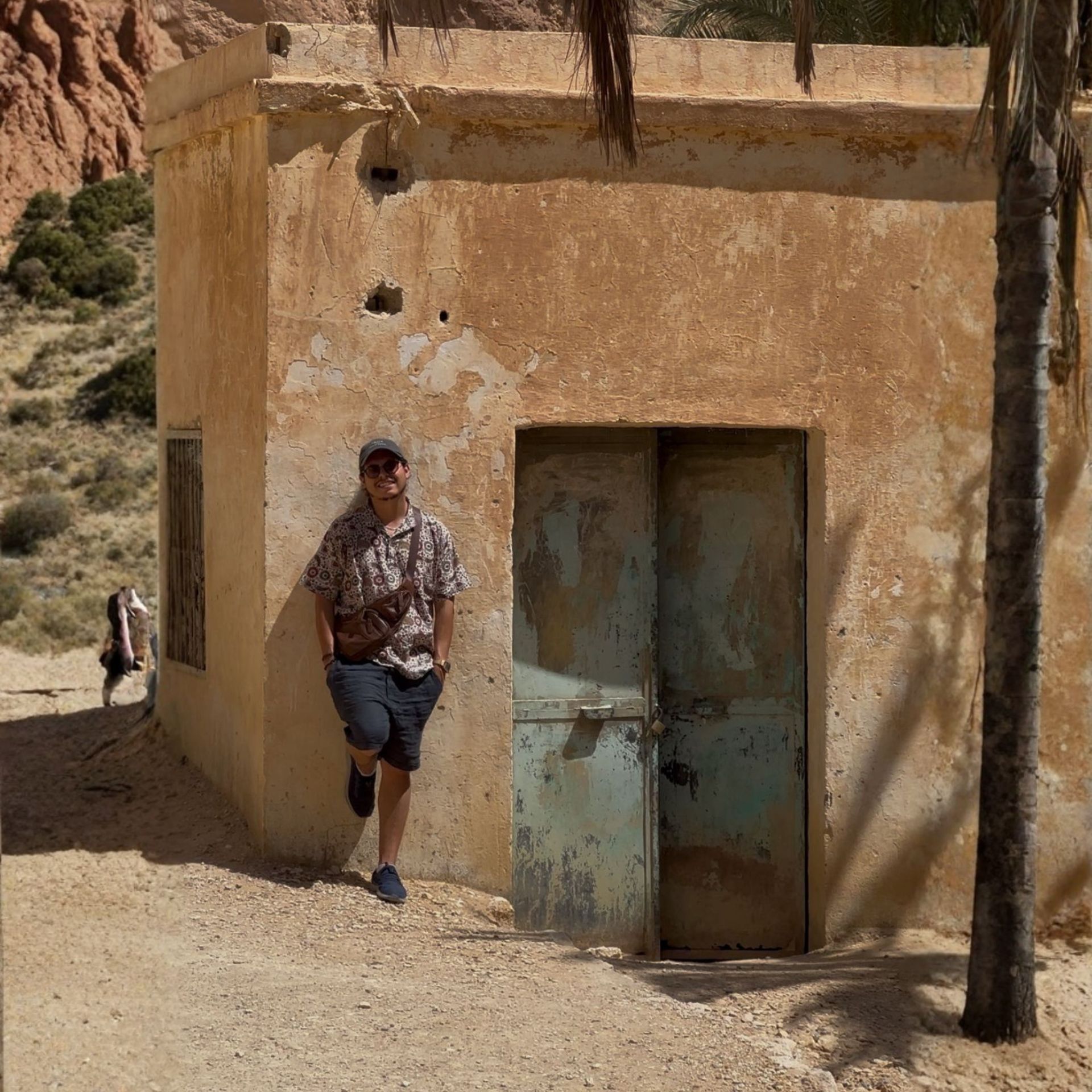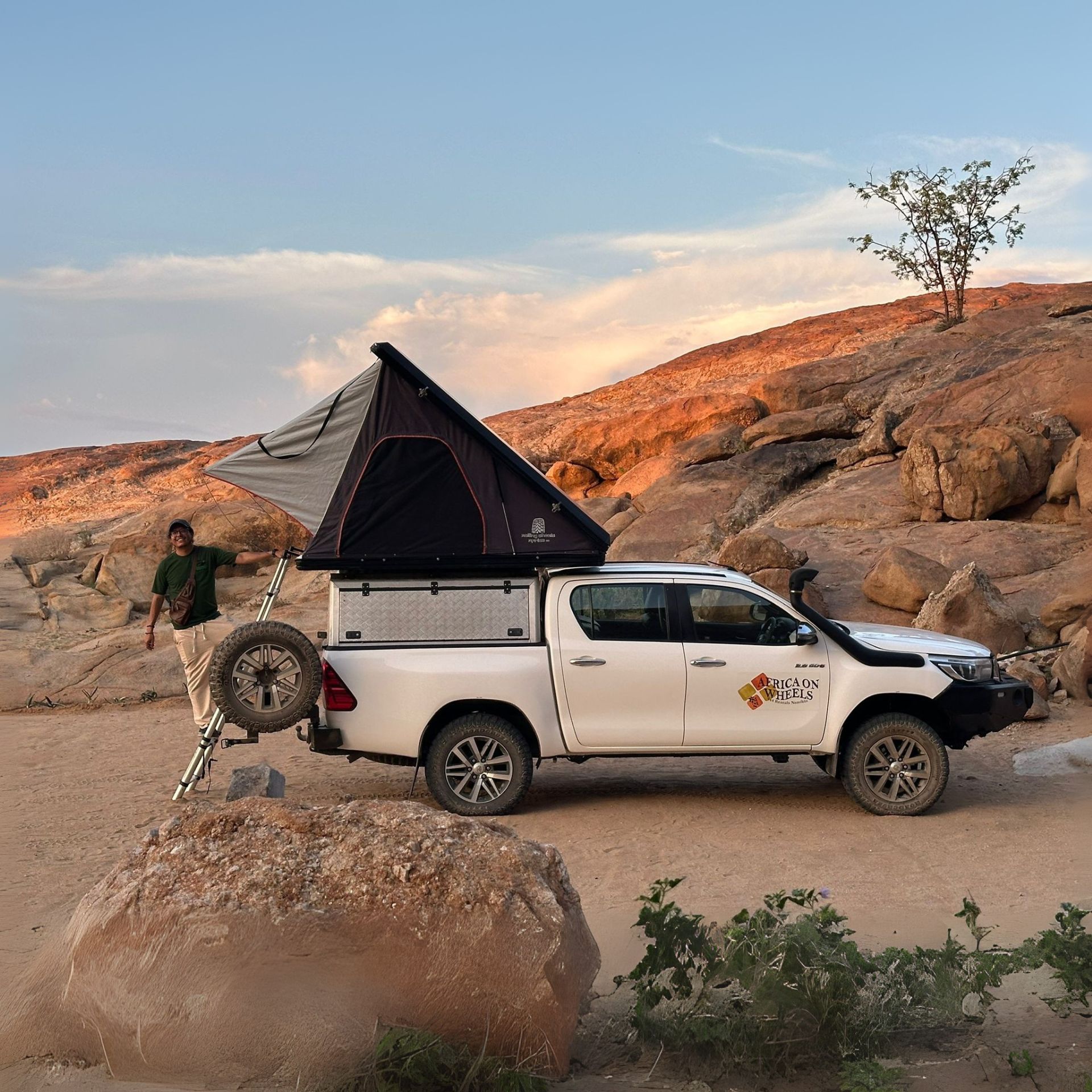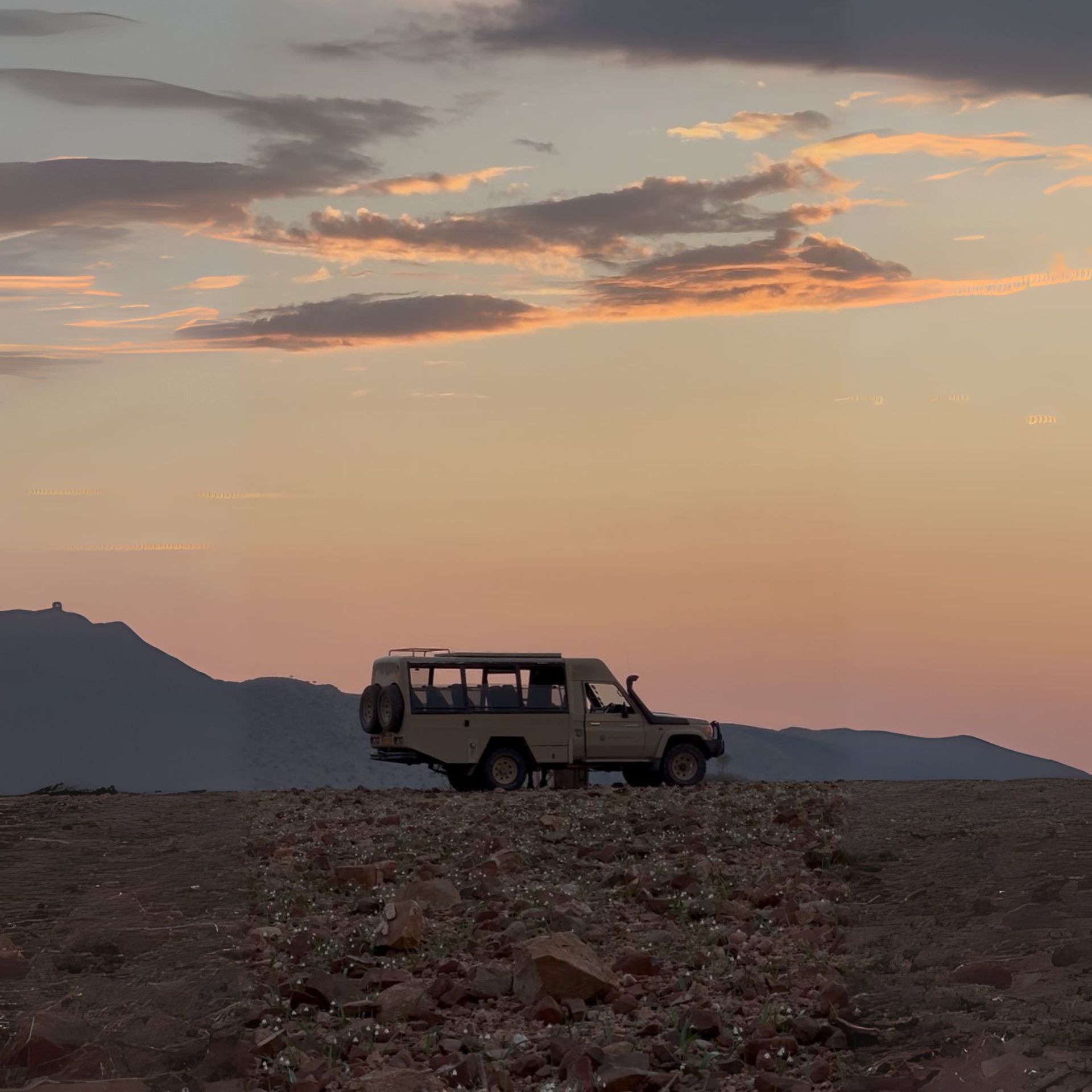From long-distance buses to minivans and trains, this guide covers all the essential information for navigating transportation in Zimbabwe.
Unlike a big part of Southern Africa, Zimbabwe boasts a robust infrastructure for travelers. Those seeking insights into traveling around Zimbabwe often encounter articles mentioning local and intermunicipal buses, trains connecting key cities, and a range of flying options from commercial flights to private planes.
However, the initial allure may fade when you start planning your trip. You’ll soon realize that information about bus routes is scarce, there’s no streamlined booking system for train rides, and figuring out the best way to reach various national parks can take at least an hour of research.
But don’t worry; I’ve been there too. In this article, I aim to demystify Zimbabwe’s entire transportation system, providing a detailed guide on how you can navigate the country conveniently and cost-effectively.
So, here’s everything you need to know for traveling around Zimbabwe:
Read more: How to choose the perfect African safari trip
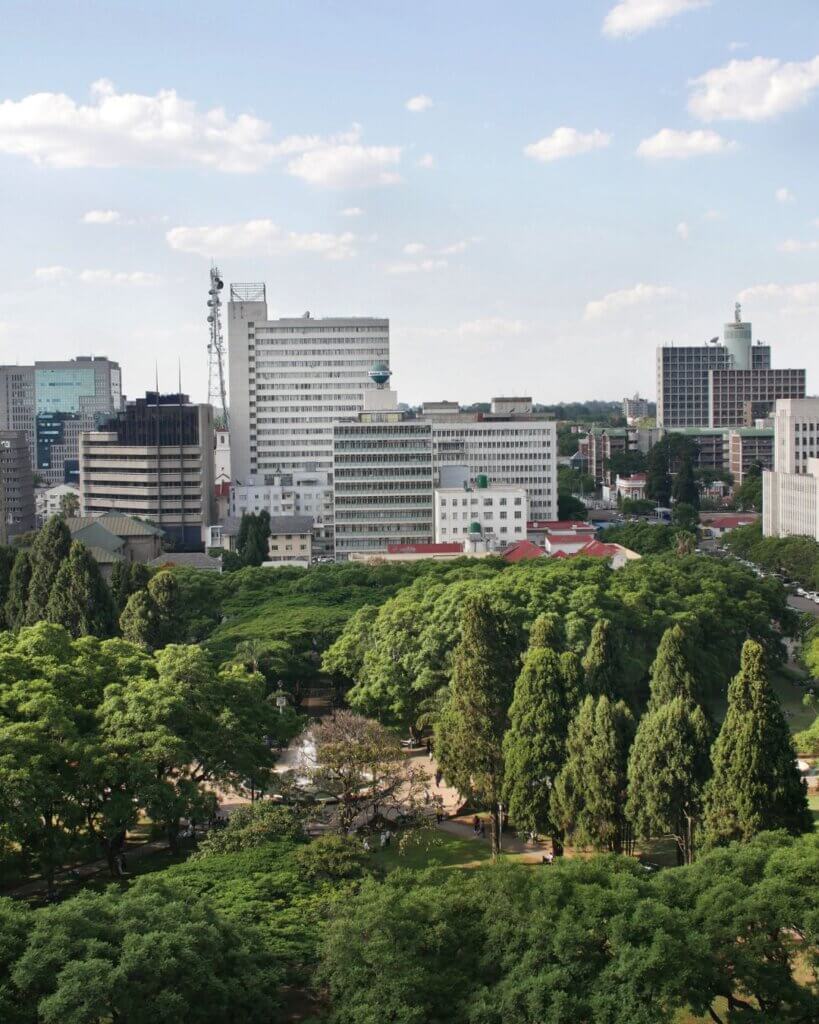
Understanding Zimbabwe
Situated in the heart of Southern Africa, Zimbabwe is famous for the stunning Victoria Falls. It’s a go-to place for travelers in this part of the continent and those looking for a different safari experience beyond Kruger National Park.
For many, Victoria Falls becomes the starting and ending point of their adventure. This city, not just a highlight but also strategically located, shares borders with Zambia and the town of Livingstone (another excellent spot for travel). Plus, it’s only about 80km from the Botswana border.
However, if you’re thinking of going beyond this immediate area, planning your trip gets a bit trickier. Let me break it down for you.
Urban Transport: Navigating Cities
Moving around cities in Zimbabwe is pretty simple once you get the hang of it. But for those who are new, there might be a few unexpected costs.
Navigating Victoria Falls
In Victoria Falls, it feels like almost everyone is a taxi driver. They’re everywhere, ready to offer you a ride. On the positive side, you won’t struggle to find a taxi. On the flip side, you need to understand how the system works and be smart about who you choose to drive you and how much you pay.
How to get a taxi in Victoria Falls?
From the Airport
Upon touching down at Victoria Falls International Airport, taxis are readily available. You’ll spot designated taxi stands, and independent drivers might approach you for an extra ride. Be cautious; this ride tends to be one of the priciest in Victoria Falls. The official rate is 17 USD, but be prepared to negotiate, as you might end up paying between 20-25 USD to skip a 10-minute argument.
Hotel Transfers: Your hotel can arrange transfers, typically ranging from 25-50 USD, ensuring a hassle-free journey.
Accommodations: Many hotels and lodges have tie-ups with local taxi services. While they might charge a bit more, this option is secure, especially for late-night or early-morning rides.
Tourist Hubs: Places like the Victoria Falls National Park or the town center, often have nearby taxi stands. These might be a bit old-fashioned, but they offer the most economical and convenient option if you’re strolling around.
Standard Taxi Prices in Victoria Falls
Without meters and given the constant influx of high-end tourism, determining a fair price can be tricky. Here’s a reference list for taxi prices around Victoria Falls:
- From a hotel in the outskirts to the city center: 5 USD
- From a hotel outside Victoria Falls to the city center: 10 USD
- From a hotel in the outskirts to Victoria Falls National Park: 7 USD
- From a hotel outside Victoria Falls to Victoria Falls National Park: 10 USD
- From the city center to the Zambian Border: 5 USD
INSIDE TIP: Taxi drivers often provide their contact numbers. Taking this offer can be a savvy move. I did this and had a reliable driver for over 10 rides. Paying at the trip’s end, we negotiated a better price than individual rides.
Navigating Harare
Harare, Zimbabwe’s capital, presents a different transportation landscape compared to Victoria Falls. Distances are substantial, and hailing a cab on the street without negotiating fares might result in unexpectedly high costs.
Ride-Hailing Apps: Thankfully, Harare, as the largest urban hub in Africa, boasts excellent ride-hailing services. While Hwindi dominated the market for a while, my preference was InDrive. Using InDrive ensured swift cab access with fares aligning with regular taxi charges. The added assurance of knowing my driver each time made the experience more comfortable.
Street Cab Experience: Unfortunately, without InDrive on my arrival, I had to opt for a street cab to the city center, costing me 35 USD for a 30-minute ride. Lesson learned. A few days later, returning to the airport via InDrive, I paid the usual 12 USD for the same journey.
NOTE:
To use InDrive or Hwindi, a local number is essential. Getting a SIM card is easy, and details are provided at the end of this article.
Read more: Everything you need to know about traveling to Victoria Falls (Zimbabwe Side)
Read more: Choosing Safaris: Private Conservancies Or National Parks?
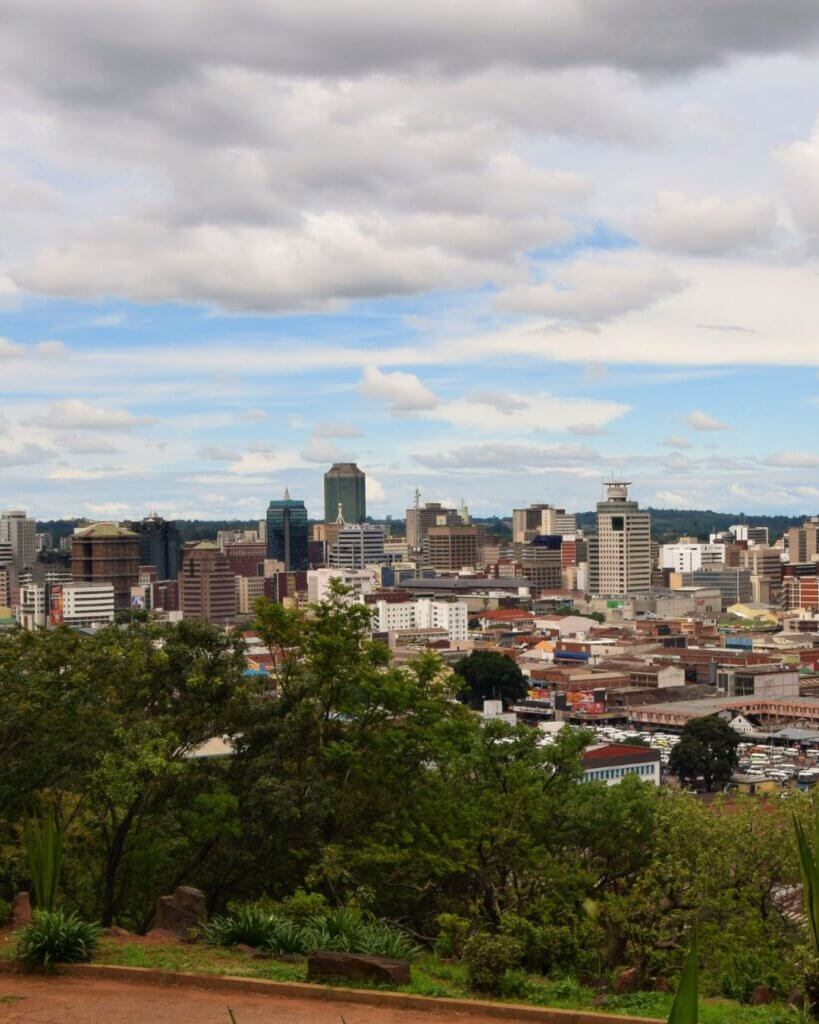
International Travel from Victoria Falls
Combining Victoria Falls with neighboring countries like Zambia and Botswana is a popular African itinerary. These destinations offer excellent accessibility through both private and public transportation.
From Livingstone, Zambia: Travelers can opt for a taxi from the city center to the Zimbabwean border (around 20 USD). Crossing by foot takes roughly 20 minutes to reach Victoria Falls’ city center, or a taxi can be taken for approximately 5 USD.
From Kasane, Botswana: Traveling to or from Kasane involves a more extended journey. Choose between a private transfer (around 80 USD, with a vehicle change at the border) or a more economical option, a mini-bus for 20 USD. These mini-buses are flexible, stopping along the road or taking you to the Victoria Falls Bus Station.
NOTE:
Day tours to Chobe National Park in Botswana or a day visit to Victoria Falls are available for around 120-150 USD.
Inter-city Travel: Road Networks and Bus Services
While Zimbabwe’s bus network is not as extensive as some countries, taking a bus is often the most economical and reliable choice.
Long-Distance Travel (Harare-Bulawayo-Victoria Falls): Numerous companies cover this route, offering various choices per day, including direct connections between Harare and Victoria Falls. I personally recommend Extra City Luxury Coach (WhatsApp: +263 77 520 5200) for its reliability and daily departures.
INSIDER INFO: Booking tickets with Extra City Luxury Coach via WhatsApp proved to be convenient. City Link Coaches is another reliable option where you can secure tickets online.
Mini Vans: For those embracing slow travel or wanting to explore nearby locations, mini-vans provide flexibility. Inform the driver if you wish to stop along the way, making this an excellent option for reaching Hwange National Park, though public transport is not the most recommended choice.
Read more: How to visit the Devil‘s Pool in Zambia
Read more: How to plan a trip to Hwange National Park in Zimbabwe
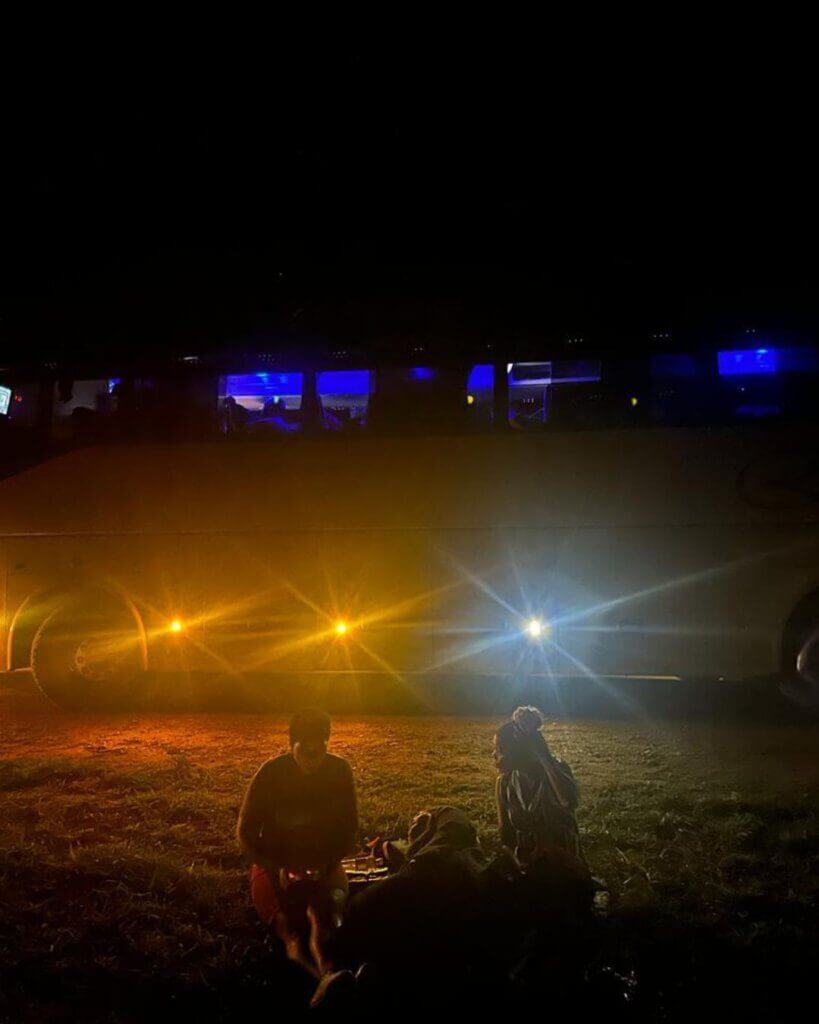
Rail Travel in Zimbabwe: A Raw Adventure
Is Rail Travel Worth the Journey?
While Zimbabwe boasts rail connections between Harare, Bulawayo, and Victoria Falls, the experience draws mixed reviews. Locals often advise against it, citing discomfort, cleanliness issues, and frequent delays. Yet, for the adventurous souls, the train ride becomes a unique exploration.
Rail Lines: Currently, only two rail lines traverse the country. One links Harare to Bulawayo and vice versa, while the second connects Bulawayo to Victoria Falls. Unfortunately, precise information about departures and arrivals is scarce, and locals claim trains get canceled regularly.
Planning Your Train Journey
Considering a rail journey? Plan for surprises. Recommendations include allowing a few extra days for the unexpected. For instance, a trip from Harare to Victoria Falls might extend to 4-5 days. To secure tickets, confirm itineraries, and ensure the train’s departure, a visit to the station becomes essential. The provided timetables offer a rough idea of travel durations.
Timetables:
Harare – Bulawayo
- Departure: 20:00
- Arrival: 08:40
Bulawayo – Harare
- Departure: 19:40
- Arrival: 9:05
Bulawayo – Victoria Falls
- Departure: 19:30
- Arrival: 8:45
Victoria Falls – Bulawayo
- Departure: 19:00
- Arrival: 09:00
*These were the timetables found at the Zimbabwe National Railway website
Air Travel: Connecting Isolated Places
For those seeking a quicker and more comfortable option, air travel becomes indispensable. Air Zimbabwe and Fastjet operate several flights weekly between Victoria Falls and Harare. However, due to the country’s high-end tourism and limited alternatives, prices seldom dip below 170 USD one way.
Charter Flights: Charter flights, a popular choice in Zimbabwe, offer unparalleled convenience, albeit at a higher cost. I opted for Air Wilderness between Victoria Falls and Hwange, as well as from Hwange to Mana Pools. Each leg of the journey cost approximately 300-400 USD.
To arrange a charter flight, the best way is to do it through your camp at the national park or the hotel you are staying.
Read more: Everything you need to know about Victoria Falls (Zambia side)
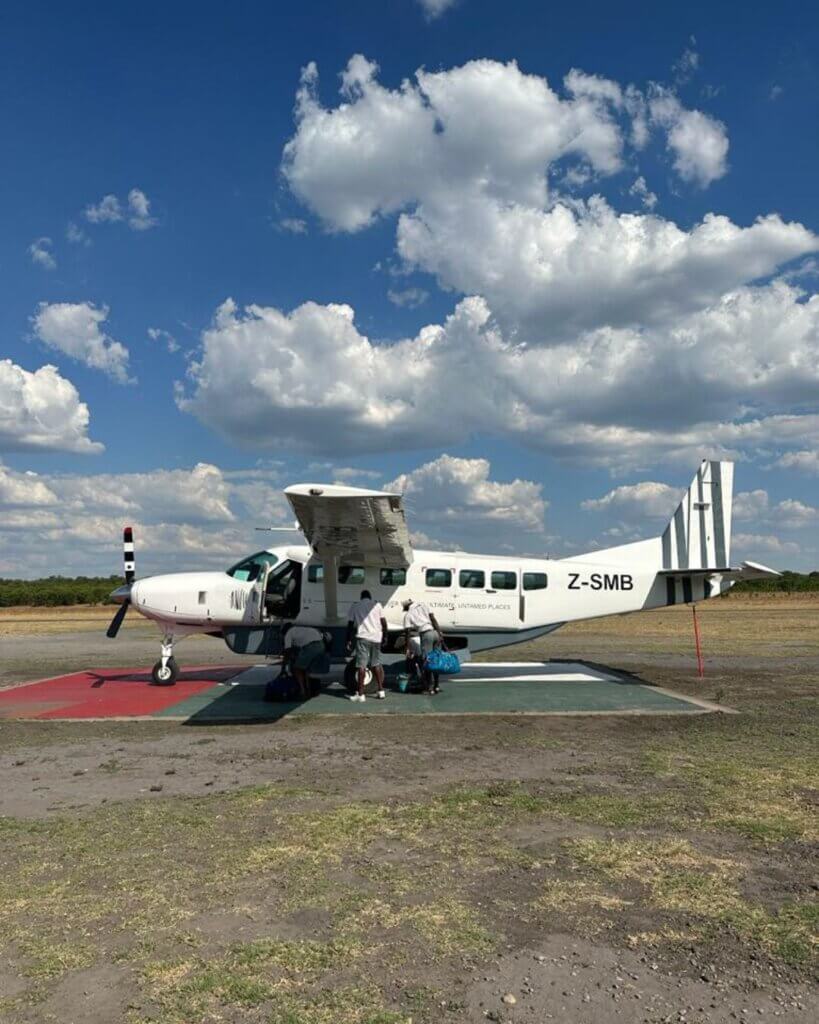
Stay Connected: Get a SIM Card
Staying connected is vital in Zimbabwe, and getting a SIM card is a must. Among the three providers, Econet is the only one with coverage outside Harare, making it crucial for exploration beyond the capital. Avoid the frustration I experienced by choosing Econet.
Getting a SIM Card:
Available at Econet stations (Harare Airport, Victoria Falls Airport, and City Center)
Cost: 1 USD for the SIM card
Internet plans: Choose from 5, 10, or 20 GB. I opted for 10 GB at 15 USD, sufficient for my on-the-go needs.
NOTE:
While most places have internet coverage, national parks might lack connectivity. Some safari camps provide internet, albeit with lower speeds.

